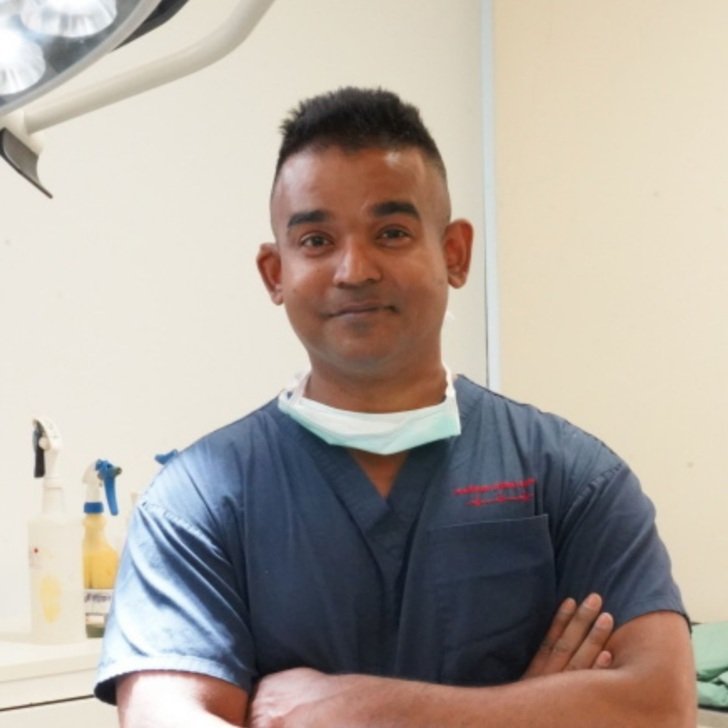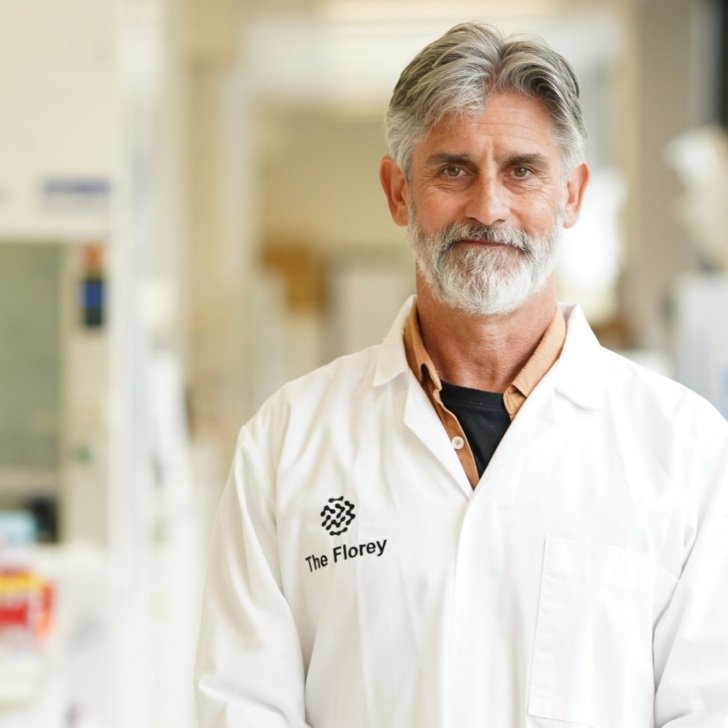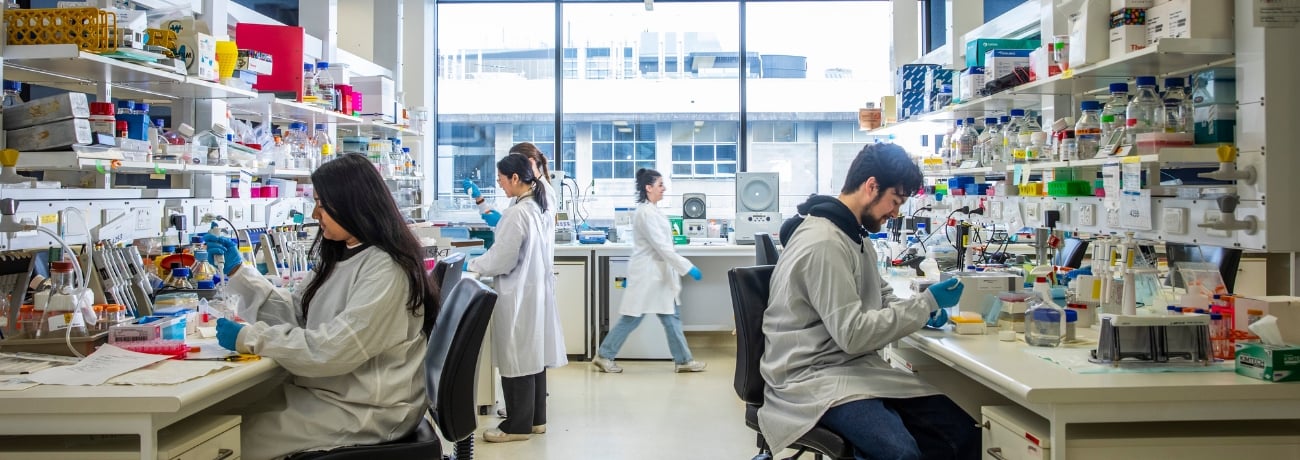A new report across six states and territories shows data from the Australian Stroke Clinical Registry (AuSCR) is improving clinical outcomes for patients with stroke, with two leading hospitals achieving marked improvements over a short time.
The heartening results show the power of registries and while some centres are making progress, there is still more to be done to ensure patients get the same level of care no matter where they are across the country.
Stroke is a leading cause of death in Australia, claiming more than 8000 lives a year. Although fatality rates for stroke have been declining since 1980, thanks to factors such as reduced tobacco smoking rates and specialised stroke units, data shows many aspects of care still need to improve.
AuSCR’s latest Annual Report shows stroke care is not provided equally across the country and not all patients are accessing stroke units – the cornerstone of best practice.
The AuSCR, which helps hospitals pinpoint areas for improvement, is led by The Florey, with consortium partners the Stroke Foundation, Australian and New Zealand Stroke Organisation and Monash University.
AuSCR Data Custodian at The Florey, Professor Dominique Cadilhac said:
Our registry data shows patients treated in a stroke unit have 44–63 per cent improved survival within six months. But in 2022, a quarter of patients with stroke were not treated in one of these units.
Professor Cadilhac said AuSCR’s 2022 Annual Report included new, ambitious national targets, set by leading organisations including the Stroke Foundation and Australian and New Zealand Stroke Organisation.

“These targets are designed to improve access to life-saving stroke care in Australia by 2030, including in rural and remote areas.
“One target, in line with international best practice, is to treat people eligible for clot-busting treatments within 60 minutes of arrival to hospital. But our data shows that last year only five of our 61 Australian participating hospitals were able to meet this target with at least half of their patients,” Professor Cadilhac.
Professor Helen Dewey, Clinical Director of Neurosciences at Eastern Health and AuSCR’s Management Committee Chair, said the registry played a vital role in monitoring progress and supporting governments and hospitals to improve their stroke care.
“We want hospitals to use the new targets and latest data to pinpoint areas for improvement. We’ve already seen examples of The Alfred and Redcliffe Hospitals using our data to make simple changes that improved access to treatments that can improve health outcomes for their patients,” Professor Dewey said.
The Alfred, Victoria
Professor Geoffrey Cloud, Director of Stroke Services at The Alfred said 2021 AuSCR data showed the hospital was below average for prescribing targeted life-saving prevention medications to stroke patients on discharge.
“The solution was to give pharmacists a more prominent role, including having them join the stroke ward rounds where they were empowered to take a more proactive approach.”
The Alfred also asked pharmacists to educate new nurses, doctors and new pharmacists on the stroke ward, and added a reminder about secondary stroke prevention medications into each discharge summary.
“One year later, after making those small changes, I’m pleased to say we’re above the benchmark for prescribing antihypertensive and antithrombotic medications, and above the national average for lipid-lowering medications,” Professor Cloud said.
Redcliffe Hospital, Queensland
At Redcliffe Hospital, 2021 AuSCR data identified that only 55 per cent of patients in 2021 received a discharge care plan. The hospital increased this to 82 per cent by educating staff about the hospital’s stroke nurse navigator and the importance of care plans.
AuSCR’s key findings
In 2022 AuSCR gathered data for more than 17,000 episodes of acute stroke from 61 hospitals in six states and territories. The data represents at least 75 per cent of hospitals from ACT, Queensland, Tasmania and Victoria, and nearly half of all patients admitted to hospitals with stroke in Australia. It includes:
- One in three stroke patients are treated with thrombolysis (clot busting medication) within the recommended one hour of arrival to hospital
- Stroke unit care was associated with 44–63 per cent improved survival for patients within six months
- One in five stroke patients reported being readmitted to hospital
- One in three stroke patients report moderate to severe disability
- Half reported problems with mood, mobility, pain or usual activities
New National Stroke Targets
| Quality indicator | National stroke target | National performance (2022) | Hospitals achieving target^ |
| Endovascular clot retrieval door-to-puncture time for transfers* | <30 minutes | 40 minutes | 1 |
| Thrombolysis door-to-needle time*# | <60 minutes | 74 minutes | 5 |
| Endovascular clot retrieval door-in-door-out time* (optional emergency department dataset) | <60 minutes
(Metropolitan and inner regional hospitals) |
120 minutes | 1 |
| Endovascular clot retrieval door-in-door-out time* (optional emergency department dataset) | <75 minutes (Outer reginal road retrievals) | 234 minutes | 0 |
| Endovascular clot retrieval door-to-puncture time for primary presenters* | <90 minutes | 115 minutes | 1 |
| Patients with a primary stroke diagnosis receiving certified stroke unit care | >90 per cent | 75 per cent | 11 |
| Includes adult episodes only
* Includes only ischaemic stroke # Excludes transfers and in-hospital stroke ^ Of the eligible hospitals providing this indicator. Excludes hospitals with fewer than 10 eligible episodes |
|||












